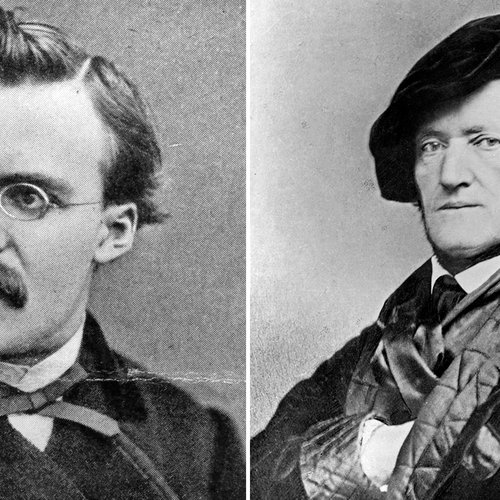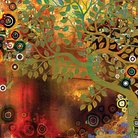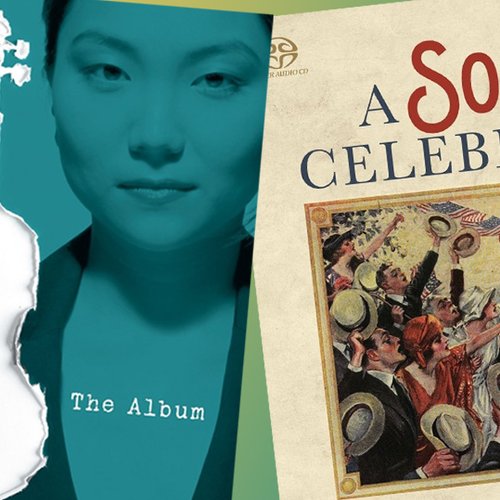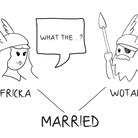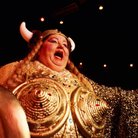Wagner's Ring Cycle: where to start
Richard Wagner's 'Der Ring des Nibelungen', otherwise known as The Ring cycle, is the peak of operatic indulgence, excess and excellence. But how do you go about it? What should you listen out for? And what on Earth are they all singing about anyway? Find out with our handy guide.
The Ring - it's immense. Long, dense, mythological and, to top it all off, in German. The worst thing you could do, though, is be intimidated by it. Just because Richard Wagner's masterpiece and calling card is a mammoth work (or series of works) doesn't mean you should treat it any differently from other operas. The best thing to do is take it slowly, grab a translation and prepare to get lost in some of the most intoxicatingly sublime Romantic music ever composed, like this…
But first, a little bit of background info. Der Ring des Nibelungen (usually known simply as The Ring cycle) is essentially four very big operas, all linked together by the same story. In order, they are: Das Rheingold, Die Walküre, Siegfried and Götterdämmerung. There's no real way of paraphrasing that story without missing most of it out but to put in simple terms it's a bit like this…
The Story
A magic ring is stolen from the dwarf, Alberich, by Wotan, King of the Gods. However, he ends up having it taken from him by two giants - most of the story is about Wotan trying to get it back.
Then there's a whole other section about Wotan's grandson, Siegfried, who ends up getting the ring back, and Brünnhilde, Siegfried's lover, who also turns out to be Wotan's daughter (are you keeping up?). But these are just the main points - it's actually much easier than you'd think to keep up with the story, as long as you've got a translation handy or if you're watching a subtitled version.
And the Sydney Symphony Orchestra have also put together this easy-to-follow(ish) video:
Wagner took around 26 years to complete the whole thing, and it's easy to see why. There are all sorts of little interesting corners, quirky sub-plots, massive staging considerations and, above all, the incredible music. Wagner's idea was that it should be a 'Gesamtkunstwerk' ('Complete Artwork'), a complete synthesis of music and drama where you didn't focus on one or the other - they just co-exist.
But how did he do it? Well, here are some tricks he used:
What's a leitmotif?
Many of the characters, places and ideas in The Ring Cycle have their very own signature tune, or Leitmotif. Rather than an excuse to eat up composing time, the Leitmotifs act as a reminder about those characters, and Wagner occasionally changes them slightly to change how you feel about who it's representing.
So for Siegfried, the hero, we have this rather nice Leitmotif:
But for the two giants who take the ring from Wotan, Fafner and Fasolt, there's a rather more lumbering, threatening Leitmotif:
And here's one for a storm, summoned by Donner, the God of Thunder. Obviously.
There are dozens more to explore besides these two, and it's great fun to get to know them so you can anticipate a character's appearance in the drama. It's all designed to involve the listener even more and without them even realising.
Extra instruments
Unsurprisingly, a convincing performance of The Ring cycle needs some pretty serious orchestral clout. That means a lot of extra instruments. So, alongside the usual orchestral instruments, you'll hear tam-tams, Wagner tubas, anvils (18 of them), steerhorns and all sorts of extra on-stage instruments too.
Here's a fantastic anvil-eye view of the offstage anvils during Die Walküre from the Manchester International Festival:
Isn't it all a bit complicated?
We can't deny that The Ring cycle is a challenge for any listener, but that doesn't mean you shouldn't give it a go. As with so many things in opera, you get out what you put in - if you make the effort, then it's a joy to experience. If you're lucky enough to watch it live (it's often performed over four consecutive nights) then you're in for a real treat - incredible sets, wonderful music, bonkers storylines… and all for just one little bit of jewellery.
Oh, and there's this war-film-inspiring gem at the beginning Die Walküre as well:


